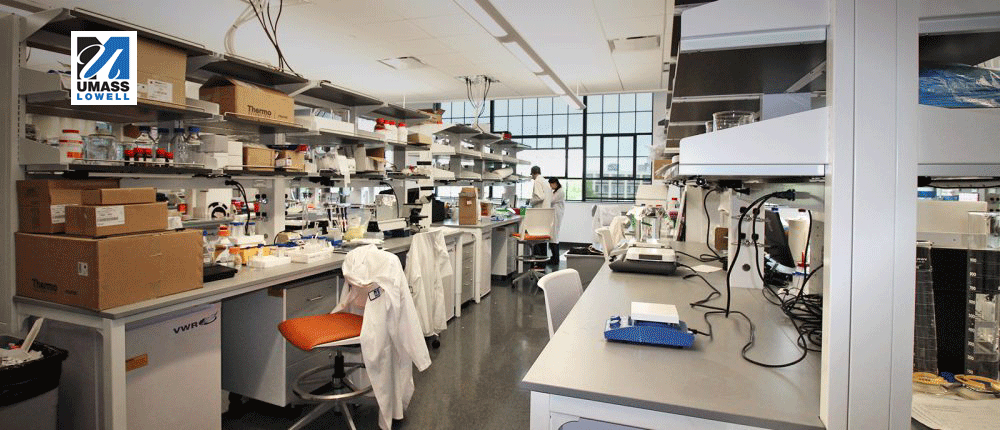
Our 15 finalists for the 2020 $200K Challenge have innovative, lifesaving ideas. This year’s challenge will take pace virtually on Zoom. The PitchOff will now happen on September 17th from 5-8pm with the Awards Ceremony taking pace on October 1st at 5pm. The $200K Challenge will be free with registration.
$200K Challenge Finalist CranioSense is developing IPASS, a medical device for noninvasive assessment of intracranial pressure (ICP), a critical parameter in traumatic brain injury (TBI) and other medical conditions affecting the brain. We talked with CEO Gordon Hirschman about what brought them to their innovation and the 2020 $200K Challenge.
What was the genesis or inspiration for your idea?
Our IPASS technology was developed at Vivonics, Inc., which has since formed CranioSense to continue the development and commercialization of the product. Vivonics has a long history of developing medical technologies addressing military needs with the support of funding from the U.S. Department of Defense (DOD). Unfortunately, the post 9-11-2001 wars in the Middle East and Afghanistan saw an increase in the use of improvised explosive devices (IEDs) and an associated increase in traumatic brain injury (TBI) in our military personnel.

Intracranial pressure (ICP) is a key parameter in the management of TBI, but typically can only be measured using a surgically-implanted invasive device, and so is reserved for only the most serious cases in a hospital environment, despite clinical evidence indicating that monitoring ICP in TBI patients improves outcomes. Vivonics first started working on a non-invasive way to monitor ICP so that the military could assess IED victims in far-forward locations to promptly diagnose and treat them, avoiding further brain damage that the elevated pressure in the brain may cause. As we continued to work on the technology for DOD, we recognized the potential significance for screening the 3 Million TBI-related patients that go to U.S. emergency rooms each year.
What are the most significant barriers you’ve faced and overcome?
To develop and validate our product, we need to be able to acquire data using our system side by side with data collected from a “gold-standard” FDA device, an extra-ventricular drain (EVD), that measures ICP in human patients. This requires studies on patients who already have a surgically-installed invasive sensor. Conducting these studies is challenging for a number of reasons. The required subjects are critically ill patients being cared for in a neuro critical/intensive care unit at a hospital who are often unable to provide their own informed consent. Consent must be obtained from family members dealing with the shock of their loved one’s sudden illness. Care must also be taken in conducting the studies because the gold standard sensors only provide the relevant data when properly aligned and only during times when their associated drain line is closed. Hospital nurses appropriately prioritize patient care over careful data collection for a study, so we have had our best results when dedicated study personnel can supervise the data collection.
Can you share a “Eureka!” moment—a breakthrough in the development of your idea?
Our technology assesses ICP based on the way the elevated pressure in the brain changes the cerebral blood flow. Initially we worked on monitoring a small artery, called the Supraorbital Artery, that runs through the cranial space, where the brain resides, and exits over the eye.
While intracranial pressure does alter the blood flow in this artery, the artery is small and difficult to locate with our sensor, and the relevant signal can be weak. Michele Pierro, PhD, IPASS’s Principal Investigator and an algorithm specialist with expertise in near infrared (NIR) sensor technology to observe blood flow, came up with the idea to directly target the brain with a modified sensor that could measure the blood flow changes through the skull. This is the basis of our latest design and has shown greatly improved signal quality and correlation results.
If you win, what’s next?
We currently have funding from the DOD to bring the new sensor design into the clinic and collect initial data in a pilot study. With the recognition from the M2D2 $200K Challenge and the in-kind resources it will provide, we hope to increase our chances of finding Angel and Venture Capital investment to complete algorithm development, fully build out the product and conduct a pivotal clinical study which will provide the data we need to apply to FDA for clearance to market the device through the de novo 510(k) pathway. That will open the door to get the product into hospitals and hopefully make a significant impact on the early detection and management of TBI and other brain conditions, improving patient outcomes, and even saving lives.
We wish CranioSense luck in this year’s $200K Challenge!


Pingback: Meet $200K Challenge Finalist: ExonanoRNA - M2D2M2D2
Pingback: Arrow Diagnostics ArrowDX | 2020 $200K Challenge Finalist | M2D2 BlogM2D2